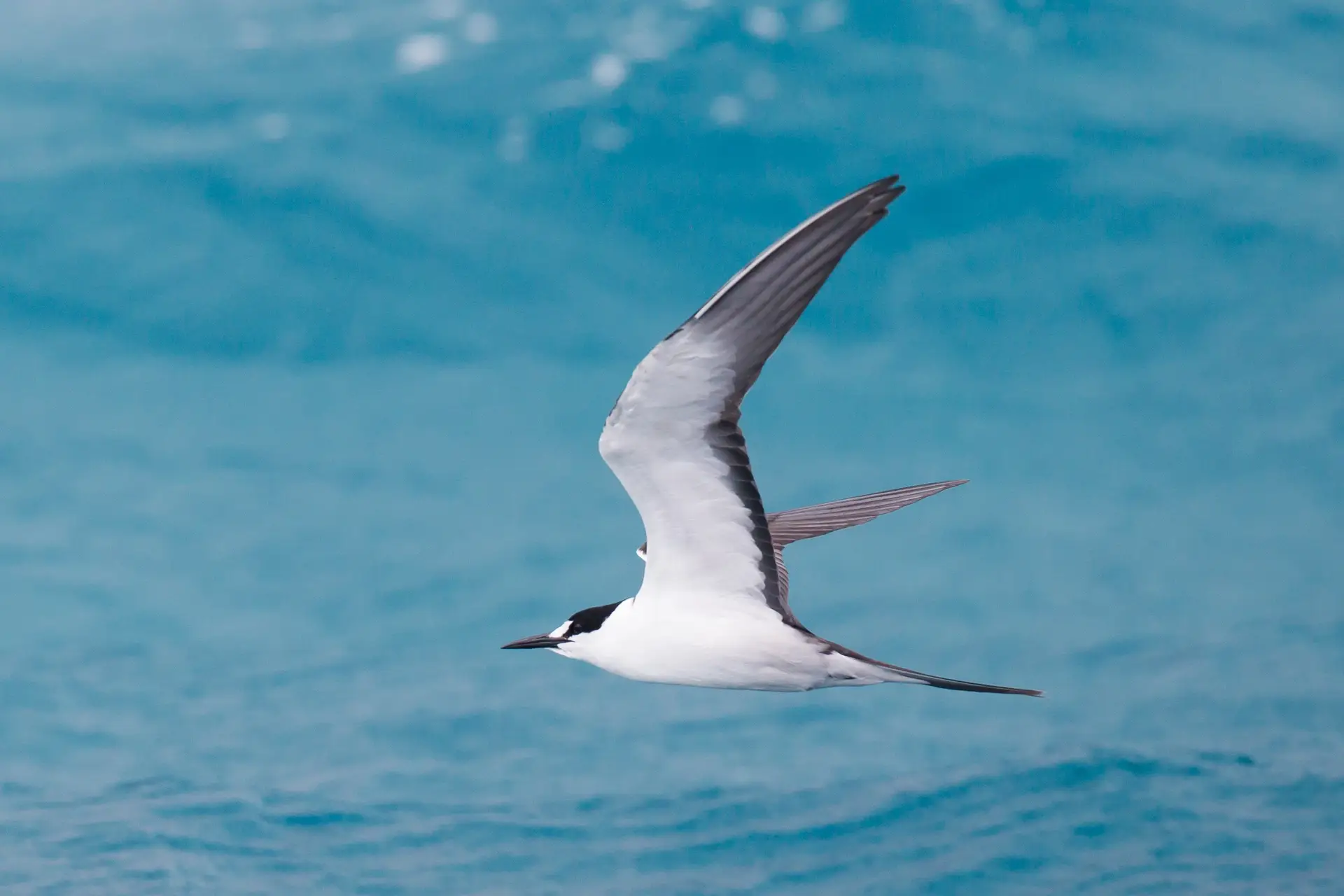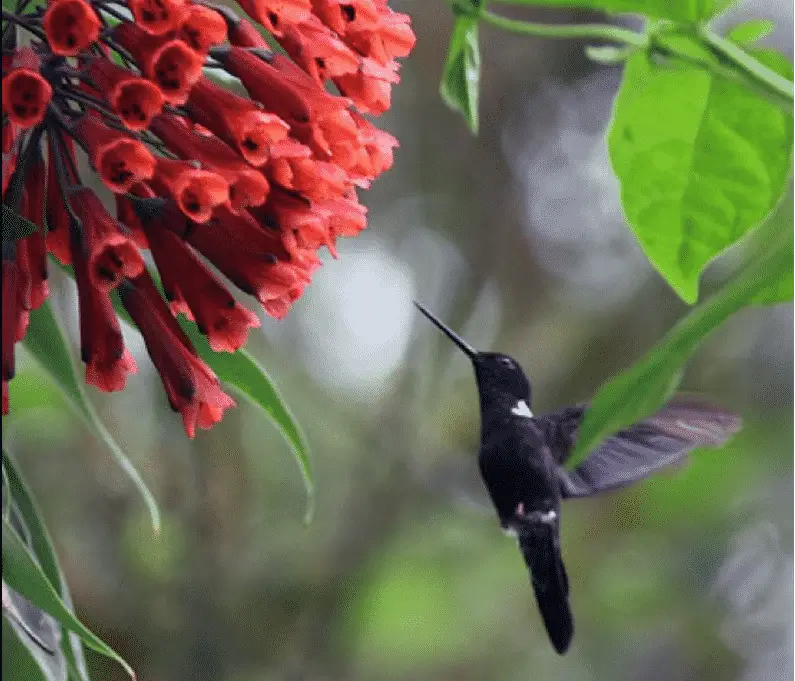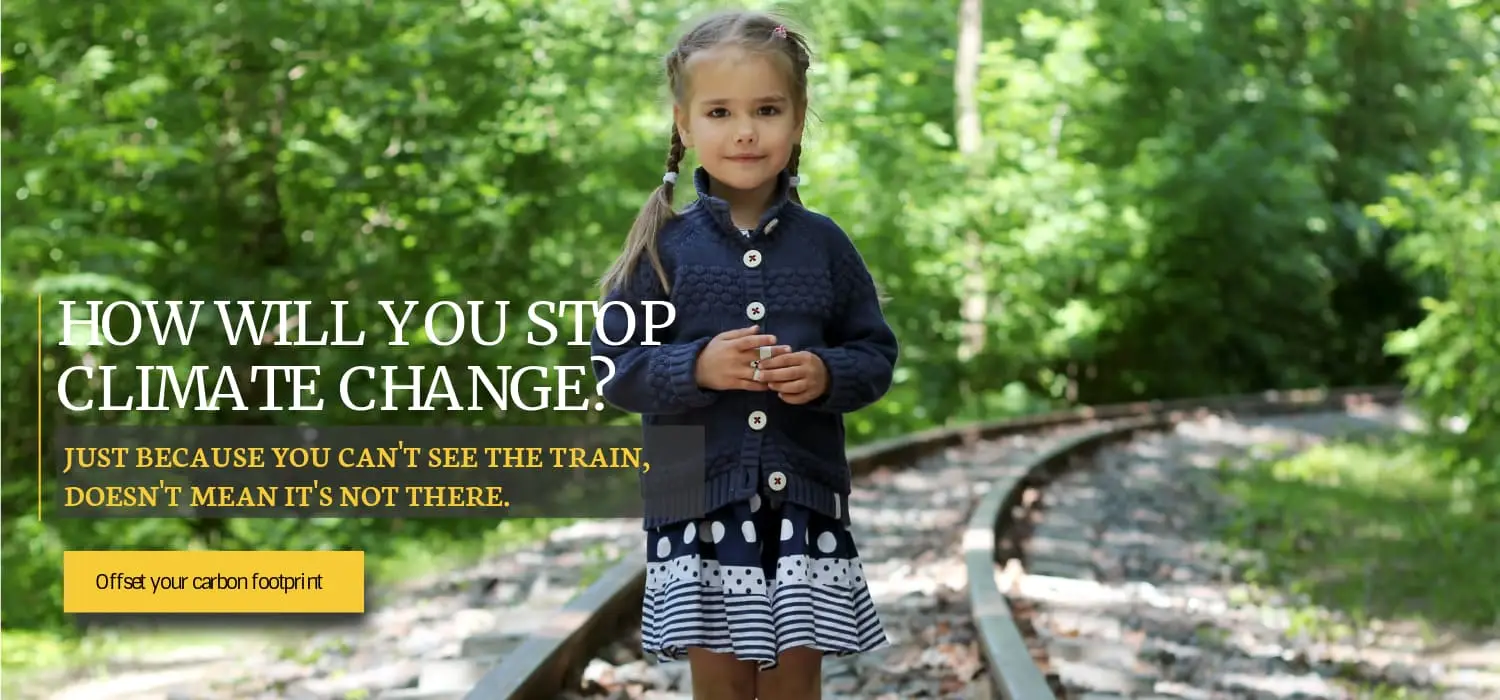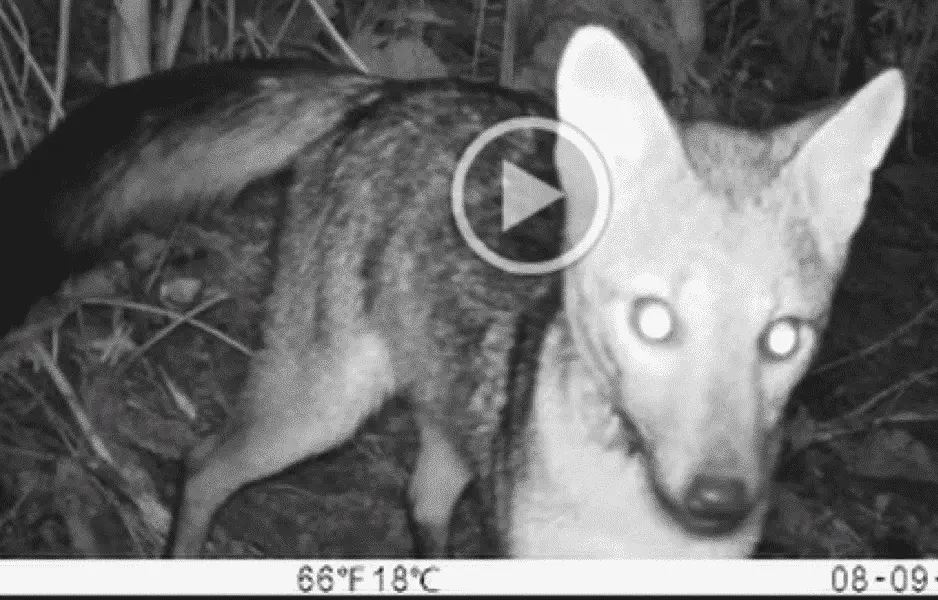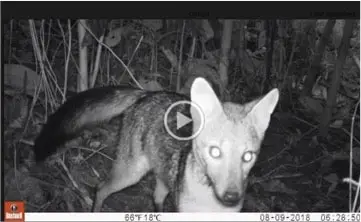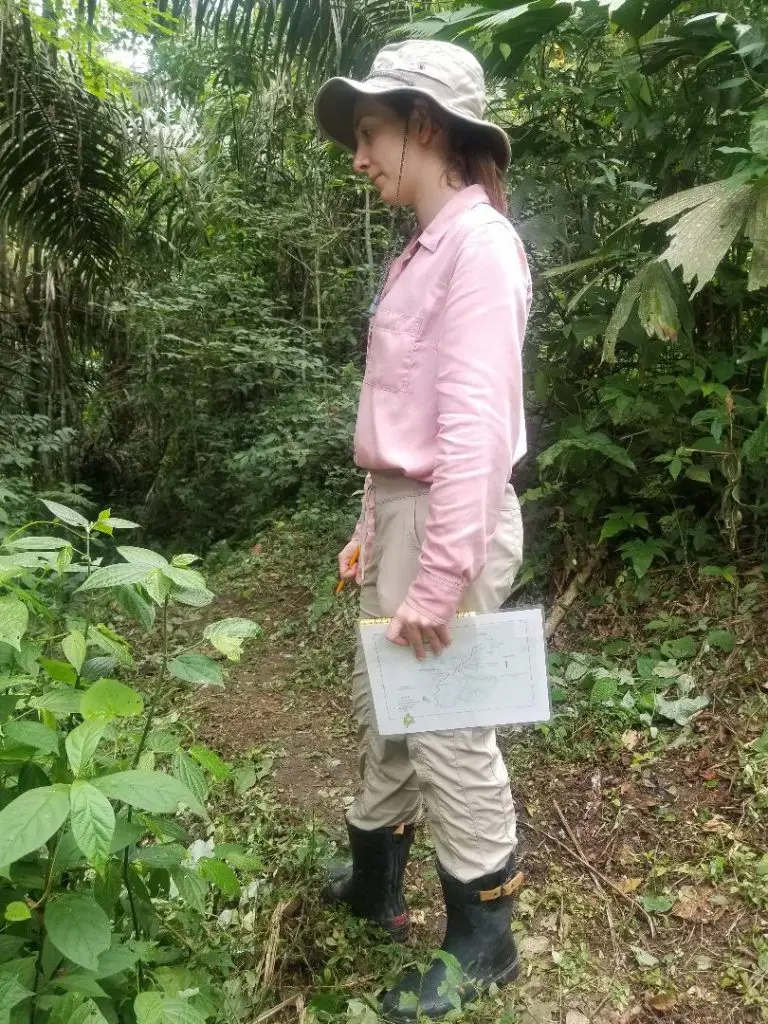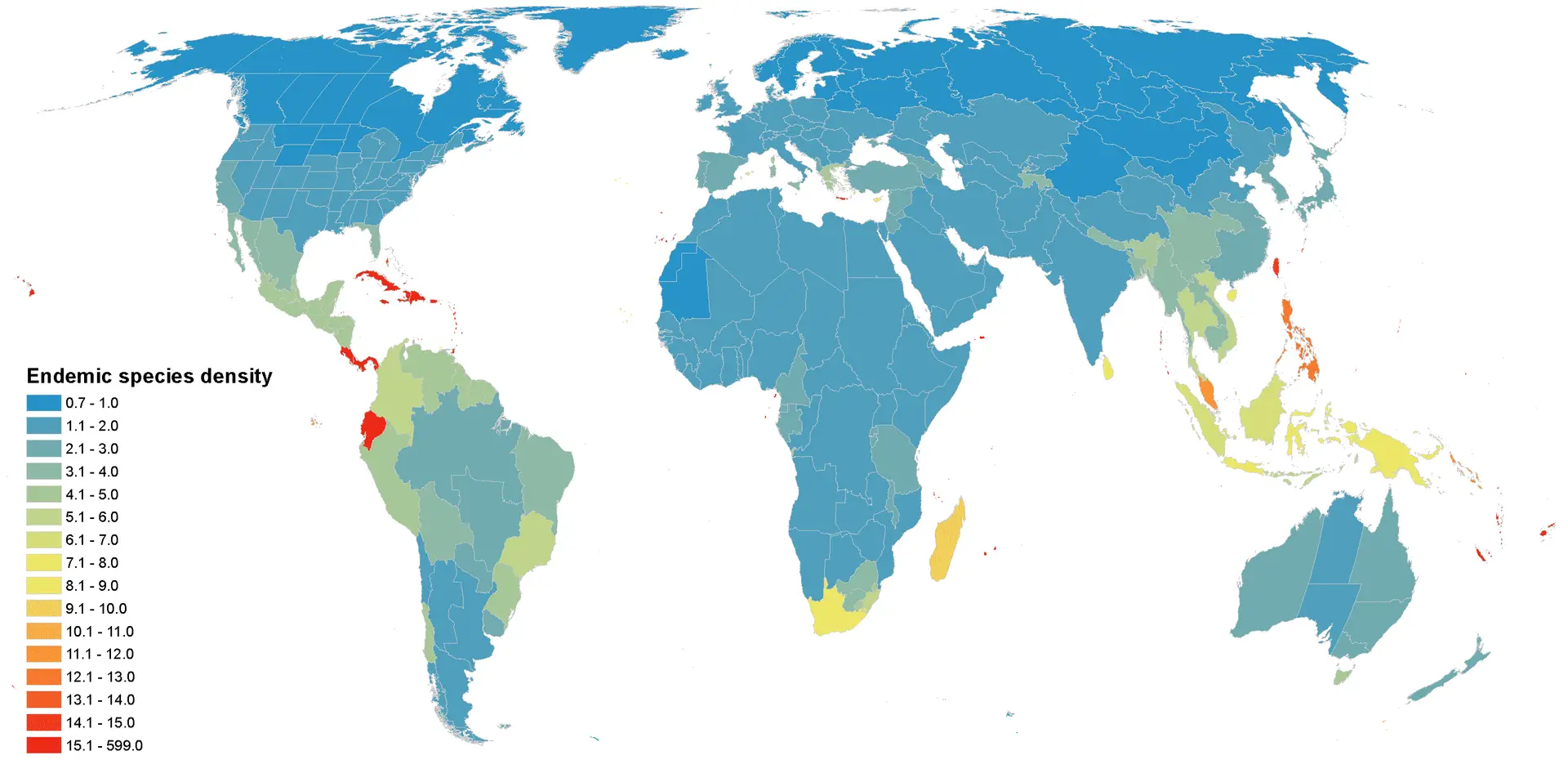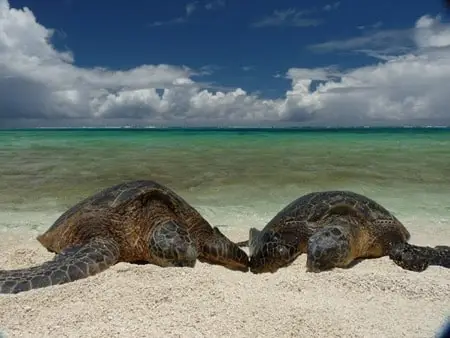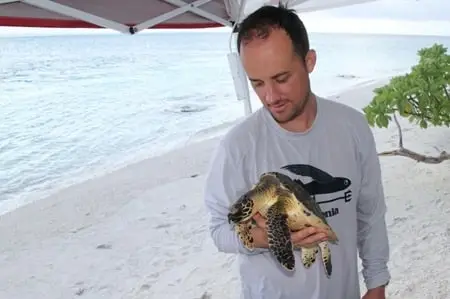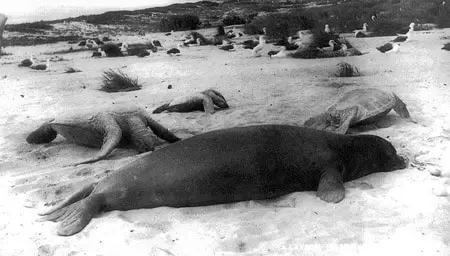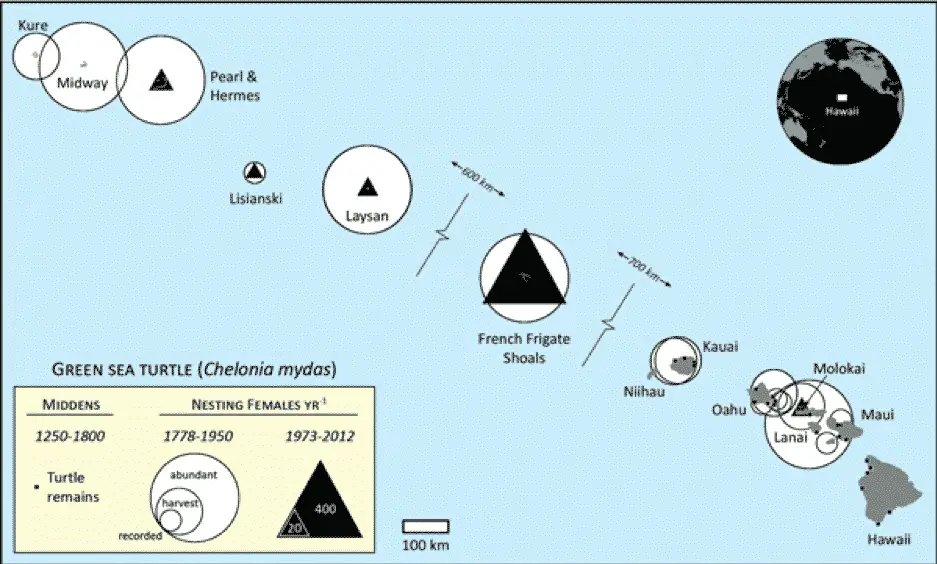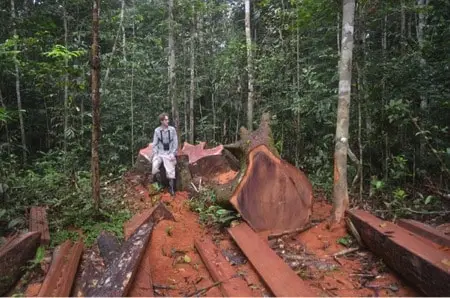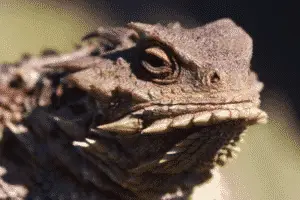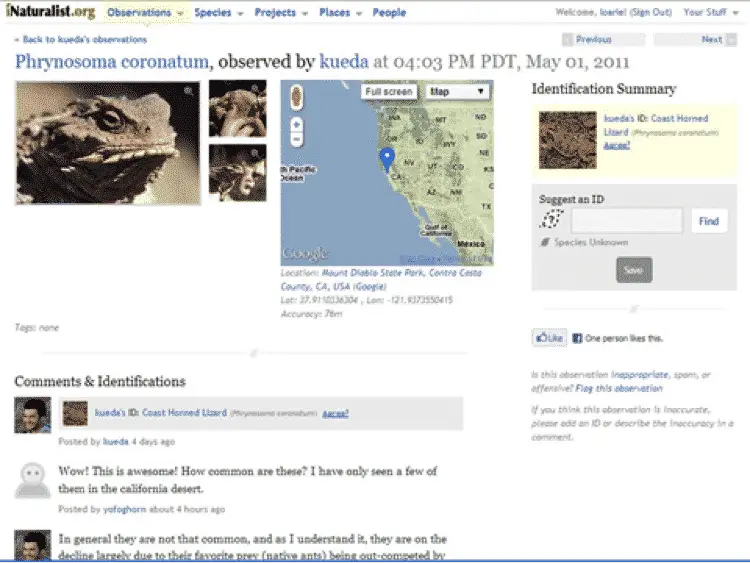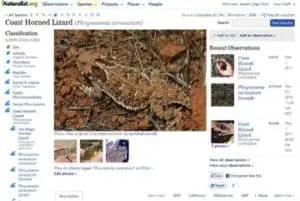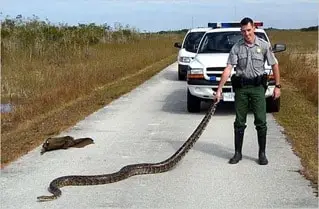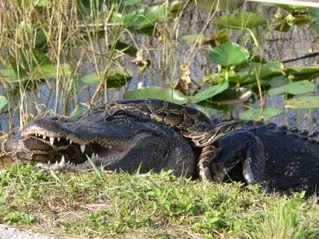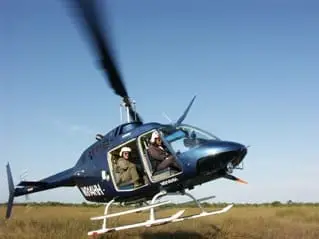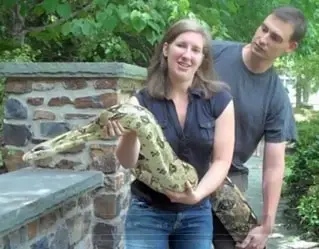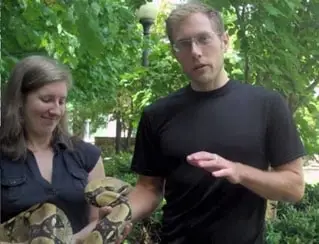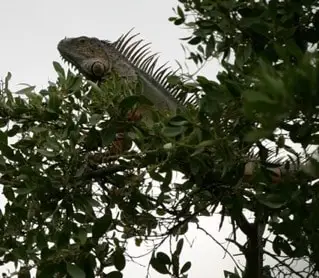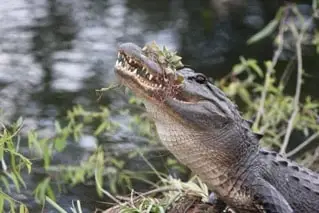2019 Excellence in Wilderness Stewardship Research
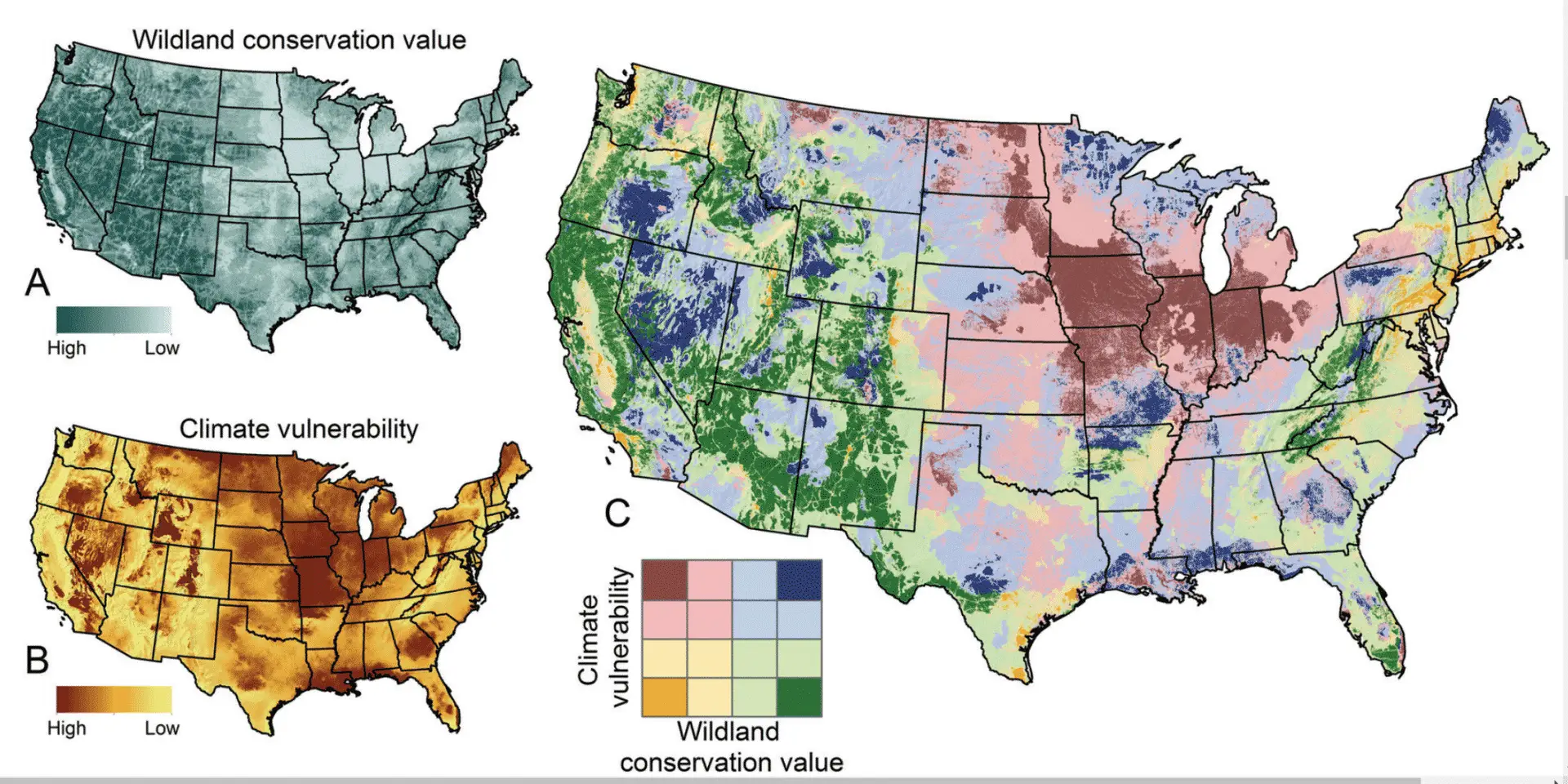
January 6, 2020
Saving Nature’s Dr. Clinton Jenkins in collaboration with the Wilderness Society was recently recognized by the U.S. Forest Service for a pair of papers he co-authored with a team of scientists exploring how to set conservation priorities in an era of climate change. The papers consider how the migration of species challenges traditional approaches and suggest an approach to anticipate future priorities.
2019 Excellence in Wilderness Stewardship Research
The U.S. Forest Service has awarded a team of scientists, including Saving Nature’s Dr. Clinton Jenkins, with their 2019 Excellence in Wilderness Stewardship Research. The award recognizes their innovative spatial assessment of conservation values that provides guidance on conservation strategies for the National Wilderness Preservation System (NWPS). In this pair of award-winning papers, the authors consider how to set conservation priorities and management strategies to build resilience and protect biodiversity in an era of climate change.
The team, led by Travis Belote of the Wilderness Society, investigated how to best maintain biodiversity and ecological processes in the face of habitat fragmentation and climate change, while considering what a resilient system of protected areas in the United States would look like. The team developed maps that visualized ecological integrity, connectivity, representation of ecosystems, and biodiversity priorities. Their analysis revealed that wilderness areas are of high conservation value, but their quality depends on the protection level of surrounding lands. These maps provide an important visual reference to land managers for evaluating the relationship between the National Wilderness Preservation System and other public and private lands.

In their first paper, “Wild, connected, and diverse: building a more resilient system of protected areas.“, the authors construct an approach for delivering a more resilient system for protecting the nation’s biological heritage. In doing so, they use geospatial data to assess priorities for expanding protected areas within the contiguous United States to include the least human‐modified wildlands, establish a connected network, and better represent ecosystem diversity and hotspots of biodiversity.
In their second paper, “Mapping Conservation Strategies under a Changing Climate”, the authors rethink conservation strategies in an era of climate change. Rather than focusing on protecting ecosystems within reserves and restoring degraded lands that were missing key historical structures, processes, or species, they explore how to integrate climate induced factors, like invasive species and cross reserve boundaries create moving targets for preservation and restoration.
In doing so, the authors construct a wildland conservation value by mapping indices of ecological integrity, connectivity, and ecosystem and endemic-species representation in protected areas. They cross-reference these areas with a climate vulnerability assessment to identify areas where conservation interventions are most critical.

